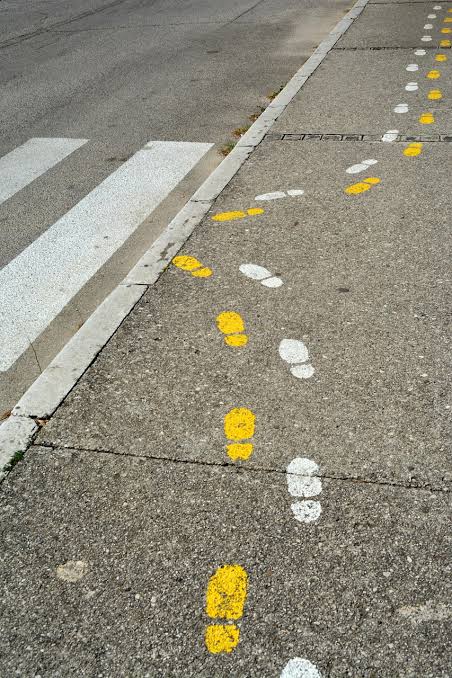Skip tracing is a process used to locate individuals whose whereabouts are unknown. It is most commonly associated with debt collection, private investigation, real estate, and law enforcement. The term “skip” refers to someone who has “skipped town” or moved without leaving a forwarding address, while “tracing” describes the act of tracking that person down. Professionals who perform skip tracing use a variety of resources, including public records, databases, social media, and even interviews, to piece together information and locate the subject.
The Origins of Skip Tracing
The practice of tracking individuals dates back centuries, long before modern technology. Early skip tracers relied on word of mouth, community networks, and official documents to find people who had disappeared. With the digital age, however, the process has evolved into a sophisticated blend of investigative techniques and data analysis. Today, skip tracing is a professional service that plays a vital role in several industries.
Why Skip Tracing Is Important
Skip tracing is important because people move, change their names, or intentionally conceal their whereabouts for many reasons. In some cases, a person may be avoiding debts or legal responsibilities. In others, they may simply have lost contact with old friends, family, or business partners. Organizations and individuals often need to find these people to resolve outstanding issues or reestablish communication.
Common Uses of Skip Tracing
Techniques and Tools in Skip Tracing
Skip tracers use a combination of traditional methods and modern technology. The following are the most common techniques:
Ethical Considerations
While skip tracing can be incredibly effective, it must be performed within the bounds of the law. In the United States, for example, skip tracers must comply with the Fair Debt Collection Practices Act (FDCPA) and other privacy regulations. These rules protect individuals from harassment and ensure that information gathering is done responsibly. Professional skip tracers also emphasize accuracy and discretion to avoid causing unnecessary stress or harm.
Industries That Benefit from Skip Tracing
Skip tracing is not limited to one field; rather, it serves as a valuable tool across industries.
The versatility of skip tracing makes it a sought-after skill set that bridges gaps between people, businesses, and legal systems.
Challenges in Skip Tracing
Despite the abundance of digital information, skip tracing is not always straightforward. People may deliberately provide false information, use aliases, or rely on privacy tools to avoid being found. Additionally, navigating the legal framework around data access can be complex. Successful skip tracers combine patience, investigative instincts, and persistence with advanced tools to overcome these challenges.
The Future of Skip Tracing
As technology continues to advance, so does skip tracing. Artificial intelligence, predictive analytics, and big data integration are shaping the future of this practice. These innovations will allow professionals to process vast amounts of information faster and with greater accuracy. However, with increased capabilities also comes heightened responsibility, particularly in ensuring privacy and ethical use of data.
Conclusion
Skip tracing is an essential process in today’s interconnected world. It bridges the gap between missing individuals and the people or organizations trying to reach them. Whether in debt collection, legal cases, real estate, or personal matters, the ability to locate someone efficiently can resolve disputes, recover assets, or reconnect long-lost relationships. To learn more about professional methods and services available, consider exploring resources dedicated to skip tracing.
By blending investigative skills with modern technology, skip tracing continues to be a vital tool for solving problems and restoring connections in countless areas of life.



































